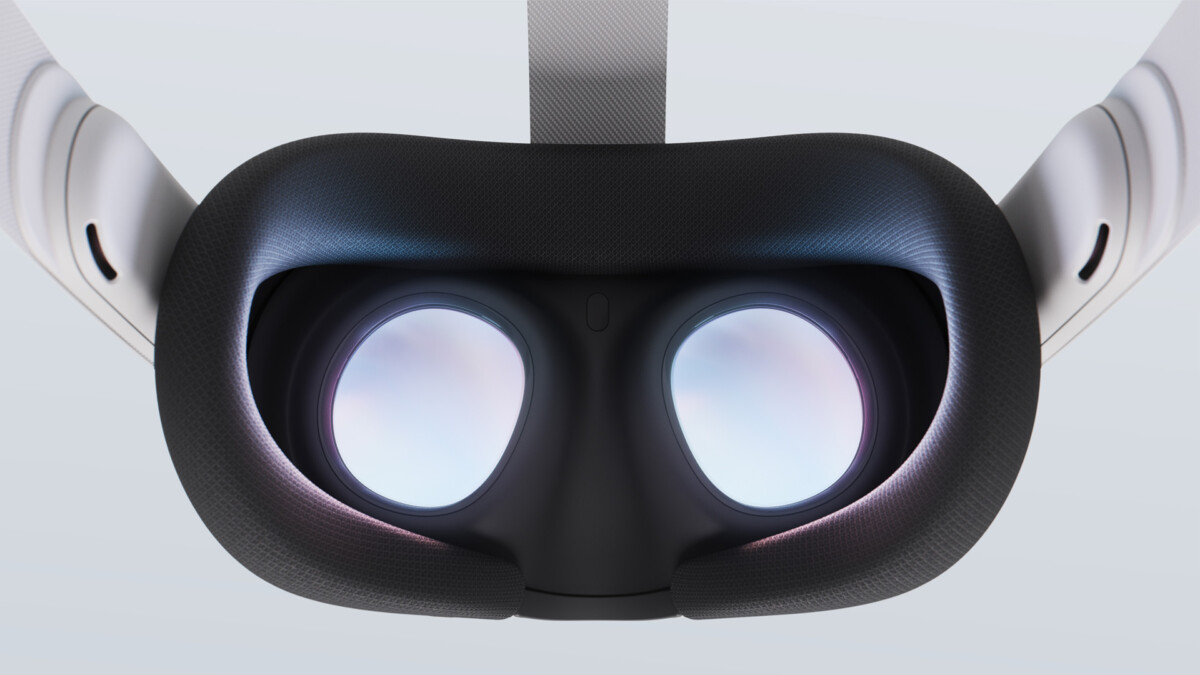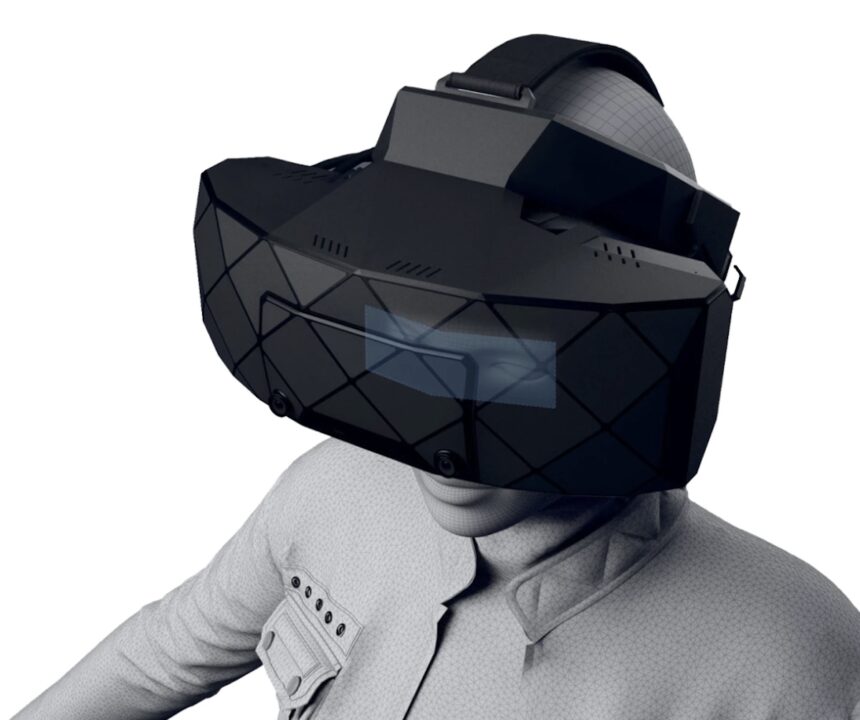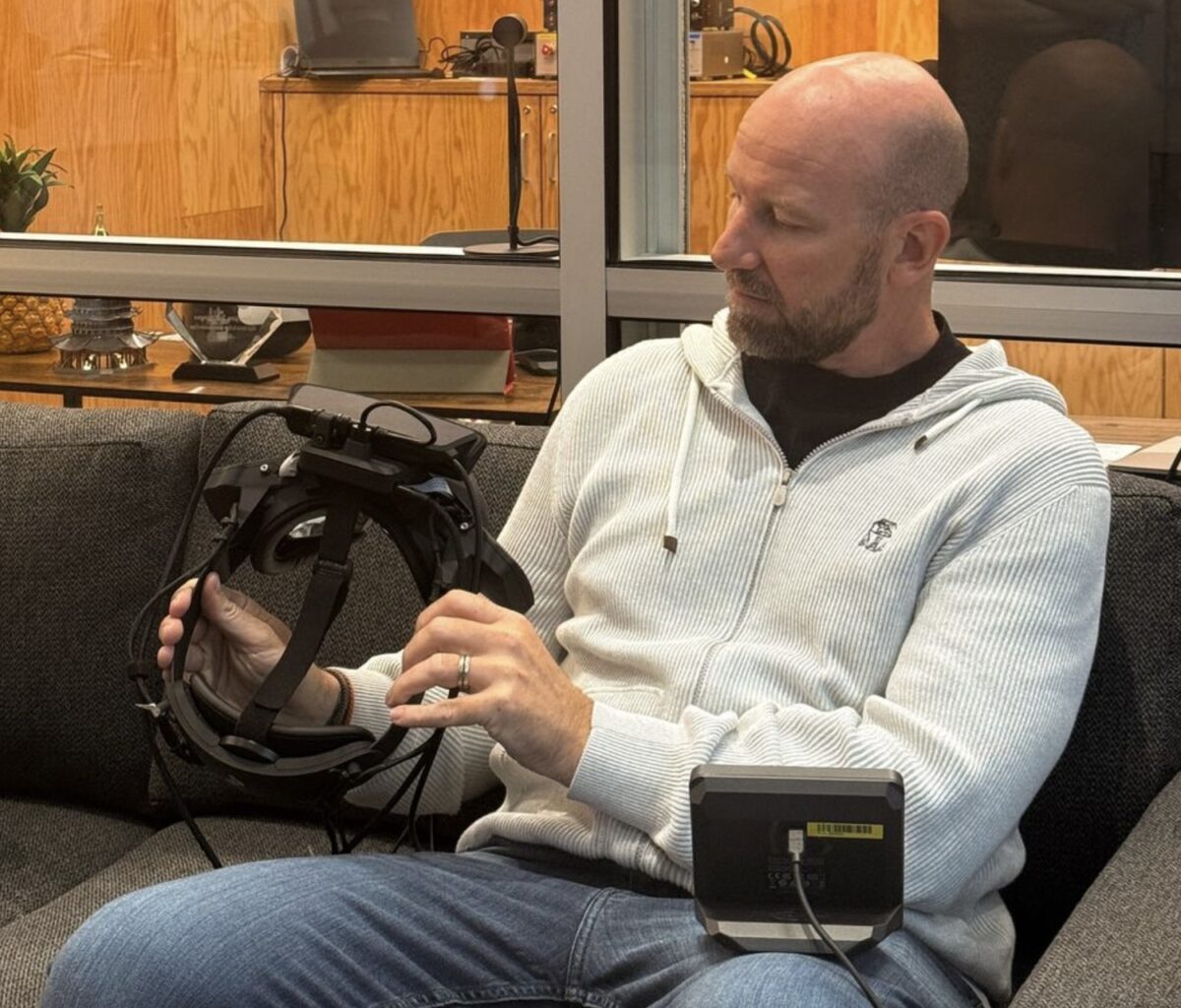Why are VR headsets stagnating in terms of field of view?

VR headsets have come a long way in the past decade, but the field of view has remained much the same. Why is that?
Every Monday, we answer a question from our readers. Send your question to tomislav@mixed.de with "Question" in the subject line, and with any luck, we'll answer it the following Monday.
This week's question comes from Alexander Veit:
Why doesn't Meta expand the field of view on its VR headsets?
Dear Alexander,
The question is justified. If you look at the technical development of VR headsets since the Oculus Rift DK 1 (2013), the devices are much better in many ways than they were ten years ago.
In particular, the resolution is now many times higher and the introduction of pancake lenses means that the devices deliver a sharper image and a slimmer form factor. Headsets like Meta Quest and Pico also eliminate the need for external hardware and cables, which is a giant step forward in convenience.
On the other hand, the width of the field of view has more or less stagnated, at least in the case of the popular Quest headsets. The Quest 3 has the widest horizontal field of view of any Meta product to date at around 110 degrees, but the others are not far behind. By comparison, the human eye has a field of view of approximately 210 degrees horizontally and 150 degrees vertically.
In contrast to Meta, other manufacturers such as Pimax and Vrgineers expanded the field of view significantly. For example, the Pimax 8KX and XTAL 3 have a horizontal field of view of 170 and 180 degrees, respectively. This is much closer to the natural field of view.

XTAL 3 offers a distortion-free horizontal field of view of approximately 180 degrees, but is bulky and not affordable for the average consumer. | Image: Vrgineers
The field of view is important for immersion and there is a lot of upside potential, so why doesn't Meta expand the field of view on their headsets?
Meta's CTO Andrew Bosworth provided the answer himself in 2022, when he said that expanding the field of view comes at a high price and doesn't feel like the right trade-off. "FOV is a really expensive thing to increase because you're adding a lot of pixels by definition that won't be that useful. They'll be in the periphery, and they're just as expensive in terms of power," Bosworth said at the time.
Pimax 8KX and XTAL 3 are both wired and get their power from a PC and a wall outlet, not from an integrated chip and battery like Quest. They are also significantly more expensive, which is partly due to their optical design. The form factor is also affected: Pimax 8KX and XTAL 3 are very bulky devices due to their wide field of view and are therefore less suitable for the mainstream.
However, Meta still appears to be researching headsets with a wider field of view: Bosworth posted images from Meta's research labs over the weekend showing him testing prototypes. One of the images shows a device that appears to have a particularly wide field of view. Don't expect the prototype to become a product in the near future, however, as Meta does a lot of prototyping and rarely turns prototypes into products.

Bosworth with a wide FOV headset prototype. | Picture: Andrew Bosworth
A few months ago, Bosworth described what Meta Quest might look like in seven years. His remarks about the field of view suggest that we shouldn't expect a significantly larger field of view, but that it might grow vertically rather than horizontally.
I'll finish answering my question with Bosworth's words:
"So you kind of want to be at wide definite field view, that you're not constantly observing the edge of it. And I actually think taller field of view matters more than wider field of view for immersion. Certainly wider field of view is more important for us as a species in terms of information density because our eyes do see more horizontal. But vertical is a good way of convincing you that you're immersed in a space in a way that's kind of deceptive."
Kind regards,
Tomislav
Interested in VR and AR? Then follow us on Facebook or X or share your experience in the comments. For feedback, topic suggestions, or other ideas, please email us at hello@mixed-news.com.
Note: Links to online stores in articles can be so-called affiliate links. If you buy through this link, MIXED receives a commission from the provider. For you the price does not change.